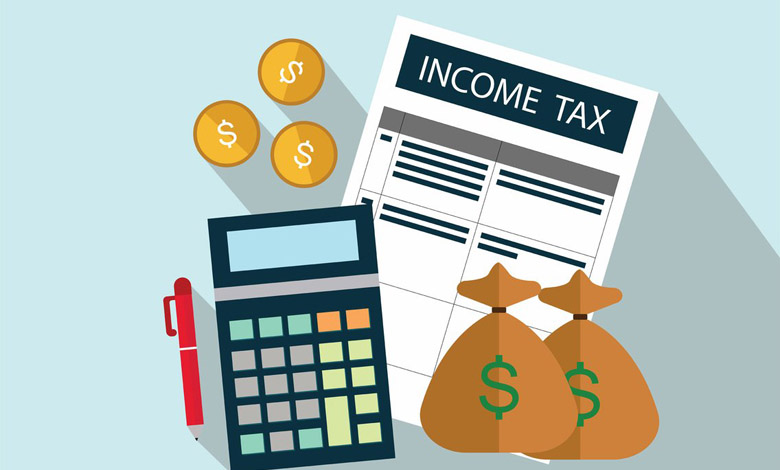The IRS today explained how, starting January 1, 2011, paid tax return preparers can comply with a new law that requires paid tax return preparers who meet the definition of "specified tax return preparer" under the new law to electronically file (e-file) federal income tax returns that they prepare and file for individuals, trusts and estates. The e-file requirement will be phased in over 2 years.
Starting January 1, 2011, paid preparers who prepare income tax returns for individuals, trusts and estates, such as Forms 1040, 1040A, 1040EZ, and Forms 1041, and who reasonably expect to file 100 or more of these income tax returns in 2011 are specified tax return preparers required to file these returns electronically.
Tax return preparers who are members of a firm are specified tax return preparers and must electronically file the income tax returns they prepare and file if the firm’s preparers, in the aggregate, expect to file 100 more of these income tax returns in 2011.
Starting January 1, 2012, the 100-return threshold will be reduced to 11 or more income tax returns that the preparer, or the preparers firm in the aggregate, expect to file in 2012 for individuals, trusts and estates. To comply with the new lay, a tax return preparer who is subject to the electronic filing requirement and does not already provide e-file for clients must become an authorized IRS e-file provider, which means he, she, or the firm, if the preparer is a member of a firm, must obtain an electronic filing identification number (EFIN). It takes up to 45 days to obtain an EFIN so return preparers who have not started the process should start immediately.
Proposed regulations issued today detail the two-year phase-in plan and provide exclusions from the e-file requirement for undue hardship waivers approved by the IRS and for certain administrative exemptions. In addition, under the proposed regulations, the e-file requirement does not apply to an individual income tax return when a tax return preparers taxpayer-client chooses to have the return completed in paper format and the taxpayer-client, and not the preparer, will file the paper return with the IRS. A notice issued with the proposed regulations contains a proposed revenue procedure on undue hardship waivers and taxpayer choice statements to file in paper format and the taxpayer-client, and not the preparer, will file the paper return with the IRS. A notice issued with the proposed regulations contains a proposed revenue procedure on undue hardship waivers and taxpayer choice statements to file in paper format.
Tax professionals and other interested parties have until January 3, 2011 to submit comments regarding the proposed regulations and the notice of proposed revenue procedure. Final regulations will be published in early 2011, but will be retroactively effective as of January 1, 2011, as described in the proposed regulations.
Advantages of IRS e-file
The e-file requirements for paid tax return preparers was approved by Congress in 2009, based on recommendations from the IRS. In 1998, Congress set a goal of having 80 percent of tax returns electronically filed. Last year, two of every three individual tax returns were transmitted through IRS e-file. IRS e-file benefits taxpayer’s and tax return preparers. For the tax return preparer, it can mean a more efficient, productive business and fewer errors on the tax return. It is safe and secure. For taxpayers, it can mean faster refunds, the ability to file now and pay later and peace of mind that comes with a receipt acknowledgment.
This year marks the 20th anniversary of IRS e-file as a national program. And in those 20 years, IRS e-file has transmitted more than 800 million tax returns safely and securely.




